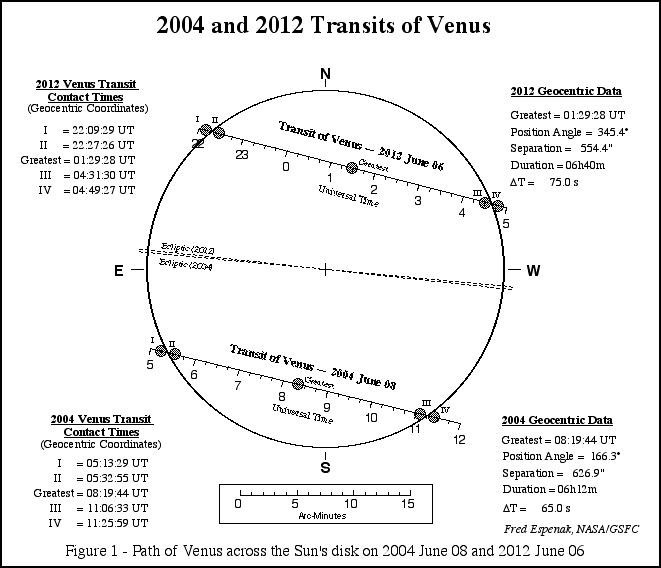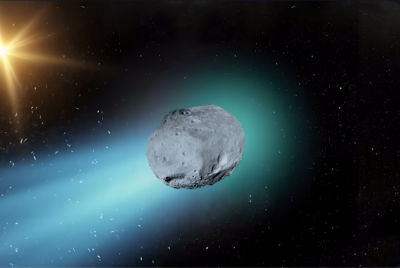Forget Supermoon! View Transit of Venus Rarest Planetary Movement (Until the Year 2117) [SPECTACULAR PICTURES]


The last time this rare phenomenon occurred was on 8 June, 2014 when millions of people across the globe watched the spectacular event.
Once again, planet Venus will make its final trek across the face of the sun as seen from earth until the year 2117 in this once in a lifetime event called the Transit of Venus.
Transits of Venus across the disk of the Sun are among the rarest of planetary alignments. Till date, only seven such events have occurred since the invention of the telescope (1631, 1639, 1761, 1769, 1874 and 1882 and 2004). The next transit of Venus will occur on 6 June, 2012.
This phenomenon takes place when Venus passes directly between the sun and earth, becoming visible against the solar disk.
The duration of such transits is usually measured in hours with the last transit occurring for around six hours.
Observations of transits of Venus helped scientists use the principle of parallax to calculate the distance between the sun and earth.
Transits of Venus are only possible during early December and early June when Venus's orbital nodes pass across the sun. If Venus reaches inferior conjunction at this time, a transit will occur.
Famous English astronomer Edmund Halley first realised that transits of Venus could be used to measure the sun's distance, thereby establishing the absolute scale of the solar system from Kepler's third law.
Unfortunately, his method proved impractical since contact timings of the desired accuracy are impossible due to the effects of atmospheric seeing and diffraction. Nevertheless, the 1761 and 1769 expeditions to observe the transits of Venus gave astronomers their first good value for the sun's distance.
According to Nasa, although the event is a rare phenomenon, it is important to use safety procedures while viewing. The space agency mentions that it is vital to protect the eyes at all times with the proper solar filters. Nasa also cautioned against continuous staring at the sun and advises that it is important to take breaks in between.
Catch a glimpse of some of the most spectacular Transit of Venus images through the years:

© Copyright IBTimes 2025. All rights reserved.



















